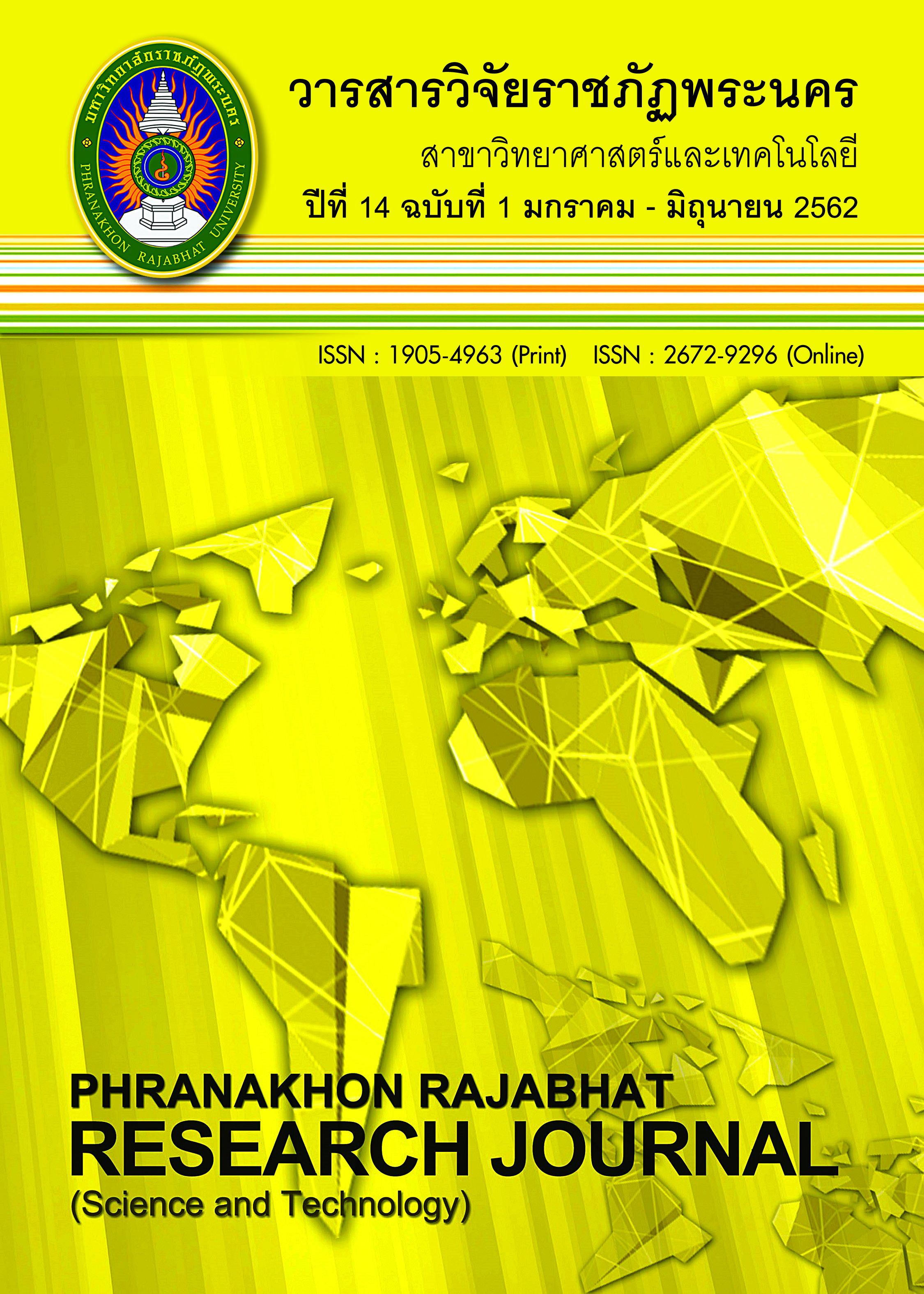EFFECT OF Lu2O3 CONTENT ON RADIATION SHIELDING PROPERTIES OF Lu2O3-Na2O-B2O3 GLASSES
Keywords:
Borate glass, Lutetium, Radiation shielding properties.Abstract
The glasses with composition xLu2O3-20Na2O-(80-x)B2O3, where x = 5, 10,15 and 20 mol% concentration variations of Lu2O3, were measured shielding radiation properties at different photon energies from 1 keV-100 GeV by using WinXCom software program. The values of mass attenuation coefficient, effective atomic
number and electron density were found to increase with increasing energy and Lu2O3 content. The comparison results of glass systems with ordinary and hematiteserpentine concrete in terms of mass attenuation coefficient, half value layer, mean free bath and Removal cross sections for fast neutrons to test the accuracy of glass systems are about radiation protection. The results indicate that glass systems can
be developed as radiation shielding materials.
References
Bashter, I.I. (1997). Calculation of radiation attenuation coefficients for shielding concretes. Annals of Nuclear Energy. 24, 1389–1401.
Chanthima, N., and Kaewkhao, J. (2013). Investigation on radiation shielding parameters of bismuth borosilicate glass from 1 keV to 100 GeV. Annals of Nuclear Energy. 55, 23–28.
Chanthima, N., Kaewkhao, J., Limkitjaroenporn, P., Tuscharoen, S., Kothan, S., Tungjai, M., Kaewjaeng, S., Arachai, S. & Limsuwan, P. (2017). Development of BaO–ZnO–B2O3 glasses as a radiation shielding material. Radiation Physics
and Chemistry. 137, 72–77.
Dong, M.G., Sayyed, M.I., Lakshminarayana, G., Çelikbilek Ersundu, M., Ersundu, A.E., Nayar, Priyanka. & Mahdi, M.A. (2017). Investigation of gamma radiation shielding properties of lithium zinc bismuth borate glasses using XCOM program and MCNP5 code. Journal of Non-Crystalline Solids. 468, 12–16.
El-bashir, B.O., Sayyed, M.I., Zaid, M.H.M. & Matori, K.A. (2017). Comprehensive study on physical, elastic and shielding properties of ternary BaO–Bi2O3–P2O5 glasses as a potent radiation shielding material. Journal of Alloys and
Compounds. 708, 294–300.
Faridbod, F., Sedaghat, M., Hosseini, M., Ganjali, M.R., Khoobi, M., Shafiee, A. & Norouzi, P. (2015). Turn–on fluorescent chemosensor for determination of lutetium ion. Spectrochimica Acta Part A: Molecular and Biomolecular.
137, 1231–1234.
Issa, Shams A.M. & Mostafa, A.M.A. (2017). Effect of Bi2O3 in borate–telluritesilicate glass system for development of gamma–rays shielding materials. Journal of Alloys and Compounds. 695, 302–310.
Kaur, Gurbinder., Pandey, O.P. & Singh, K. (2012). Effect of modifiers field strength on optical, structural and mechanical properties of lanthanum borosilicate glasses. Journal of Non-Crystalline Solids. 358, 2589–2596.
Kaur, Sandeep. & Singh, K.J. (2014). Investigation of lead borate glasses doped with aluminium oxide as gamma ray shielding materials. Annals of Nuclear Energy. 63, 350–354.
Kaur, Kulwinder., Singh, K.J. & Anand, Vikas. (2016). Structural properties of Bi2O3–B2O3–SiO2–Na2O glasses for gamma ray shielding applications. Radiation Physics and Chemistry. 120, 63–72.
Legendziewicz, J. & Sokolnicki, J. (2008). Spectroscopy and structural characteristic of Yb3+ and Nd3+ ions doped nanostructured Lu2O3 and sol–gel derived silica host materials. Journal of Alloys and Compounds. 451, 600–605.
Locardi, F., Gianotti, E., Nelli, I., Caratto, V., Martinelli, A., Ferretti, M., Costa, G.A., Canesi, L., Balbi, T., Fasoli, M., Martini, M., Estevão, B.M. & Miletto, I. (2017). Facile synthesis of NIR and Visible luminescent Sm3+ doped lutetium
oxide nanoparticles. Materials Research Bulletin. 86, pp. 220–227.
Mohd Zaid, Mohd Hafizd., Matori, Khamirul Amini., Ab Aziz, Sidek Hj., Kamari, Halimah Mohamed., AbdulWahab, Zaidan., Effendy, Nuraidayani. & Alibe, Ibrahim Mustapha. (2016). Comprehensive study on compositional dependence of optical band gap in zinc soda lime silica glass system for optoelectronic applications. Journal of Non-Crystalline Solids. 449, 107–112.
Sayyed, M.I. (2016). Bismuth modified shielding properties of zinc boro–tellurite glasses. J. Alloys Compds. 688, 111-117.
Singh, Vishwanath P., Badiger, N.M. & Kaewkhao, J. (2014). Radiation shielding competence of silicate and borate heavy metal oxide glasses: Comparative study. Journal of Non-Crystalline Solids. 404, 167–173.
Rajagukguk, J., Kaewkhao, J., Djamal, M., Hidayat, R., Suprijadi & Ruangtaweep, Y. (2016). Structural and optical characteristics of Eu3+ ions in sodium–leadzinc–lithium–borate glass system. Journal of Molecular Structure.
1121, 180–187.
Downloads
Published
Issue
Section
License
โปรดกรอกเอกสารและลงนาม "หนังสือรับรองให้ตีพิมพ์บทความในวารสารวิจัยมหาวิทยาลัยราชภัฏพระนคร สาขาวิทยาศาสตร์และเทคโนโลยี" ก่อนการตีพิมพ์




